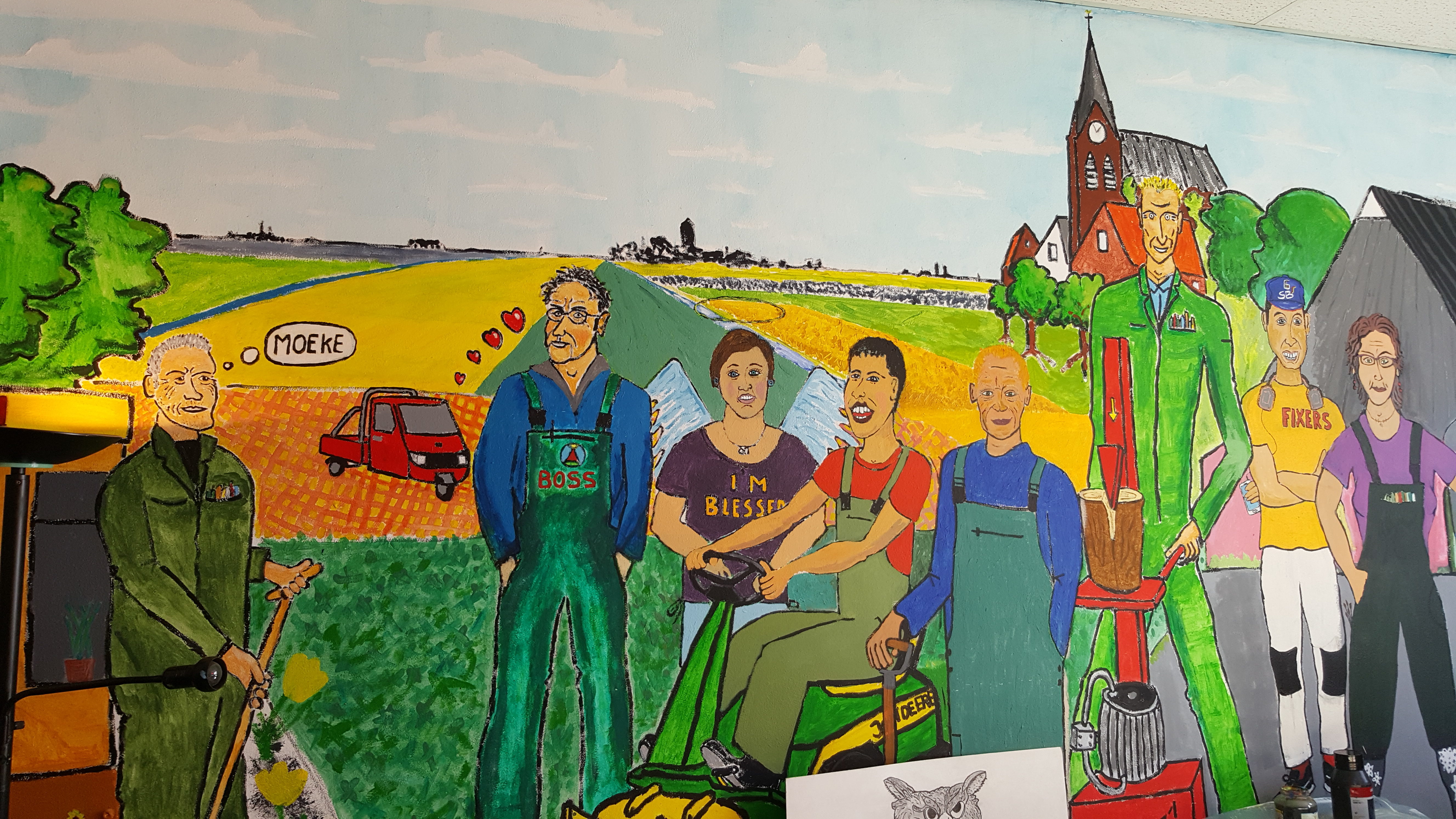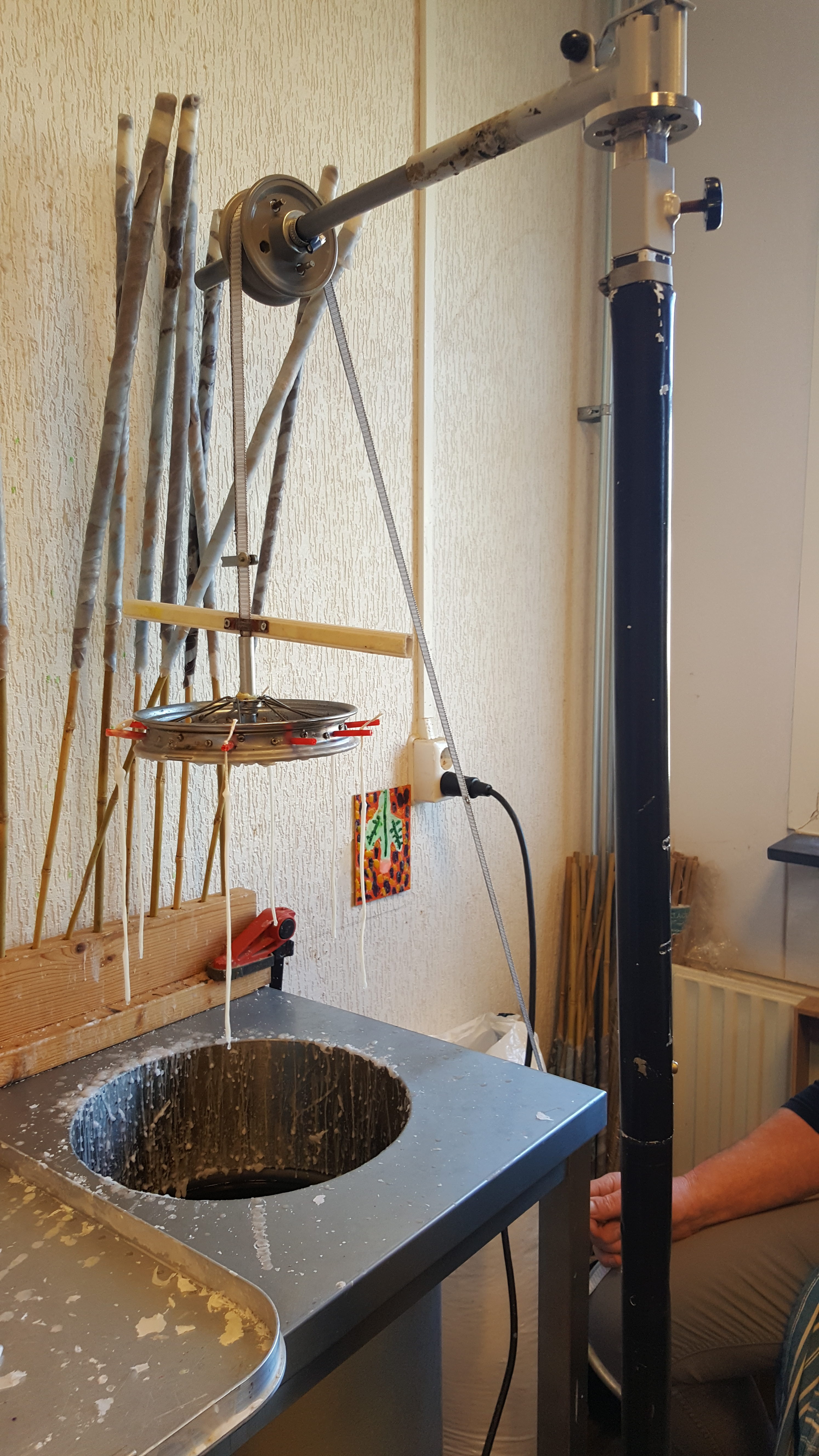Entrepreneurs, social innovations, co-working labs and maker spaces…Every year college students seem to get more dewy-eyed at the prospects of reinventing another wheel or launching yet-another service I never knew I needed. Each “opportunity” for them seems to avoid the obvious question I have as their teacher.
What will they do?
For every start-up, there are more bankruptcies. The ones that survive do so on a mantra of leanness and short-term contracts. The digital economy requires simply fewer workers than it can gainfully employ. When even libertarian Silicon Valley supports basic universal income, we should understand that the future of work is no work.
So what to do?
In the Northernmost province of the Netherlands, an area represented dichotomously by high unemployment and a massive data center, the solution has been to make your own work. Joroen Eggink of Pitch2Work suggests that we must embrace that volunteering and part-time gigs are no less respectable than a 9-to-5. “The margins when you work at what you love are small, but more meaningful,” he says. Other solutions similarly involved shifting a cultural mindset. Importantly, they were all supported by an (albeit-fraying) social safety net. Do what you love, was one takeaway, but be sure to use the universal healthcare and keep your housing vouchers.
Taken to their logical end, the future of work as no-work could involve the return of the commune. One of my favorite solutions to digitally induced unemployment was decidedly the most low-tech. Klooster & Buren is a cooperative community with its own lodging, employment, and health services.
Everyone in the cooperative either lives or works in the carefully calibrated network of people who need caring and those doing the care work. A once-nursing and retirement home serves as independent apartments, a restaurant, a day care, health services, a library, and a gathering place for the community of seniors and students, artists and tradespeople, and parents running to jobs in the city some 40 minutes away. People otherwise excluded from the formal workforce, either for age or disability, could work the land, till the vegetable gardens, create crafts to be used or sold in the community, cook for the communal meals, or renovate the surrounding buildings that dated to the area’s first monastery in the Middle Ages.

A mural painted in the atelier showing the Klooster & Buren workforce. Photo by Vicki Mayer.

A “candle-dipper” fashioned from spare parts in the tool house. Photo by Vicki Mayer.
The monastery was somewhat of an inspiration to the community’s founding. “They were a community of mutual support,” says Anne Hilderink, a sculptor who motivated the original study group for the cooperative and still works and lives on site. “Yet the cloister was still open to the outside. People came in and out. It was very international.”
I stayed two days in the cooperative’s b&b. During that time, I met a professional who left a corporate job to cook. I sat with a young autistic woman who taught me how to make my own candles. I visited the ecological rehab of an ancient church to become an events space. “Can we dance there?” enthused one woman at the community forum on the project. Affirmative, was the response.
Commons like these also survive precariously. Volunteers and visitors must be supported by policymakers who can cut bureaucratic hurdles to collective solutions without chopping social welfare support. Still, it’s worth pondering if the answers to the no-work future lie in a pre-digital past.

Kloosterburen. Photo by Vicki Mayer.
 NOLAbeings
Multimedia artist Claire Bangser created NOLAbeings as a portrait-based story project that marries...
NOLAbeings
Multimedia artist Claire Bangser created NOLAbeings as a portrait-based story project that marries...
 Data corner: Adobe Suite (create a PDF, social media graphic, presentation, edit a photo and video
Data corner is where you go to work with analytics and top tech skills. It takes on everything from PERL and SQL to Canva and Sprout Social.
Data corner: Adobe Suite (create a PDF, social media graphic, presentation, edit a photo and video
Data corner is where you go to work with analytics and top tech skills. It takes on everything from PERL and SQL to Canva and Sprout Social.
